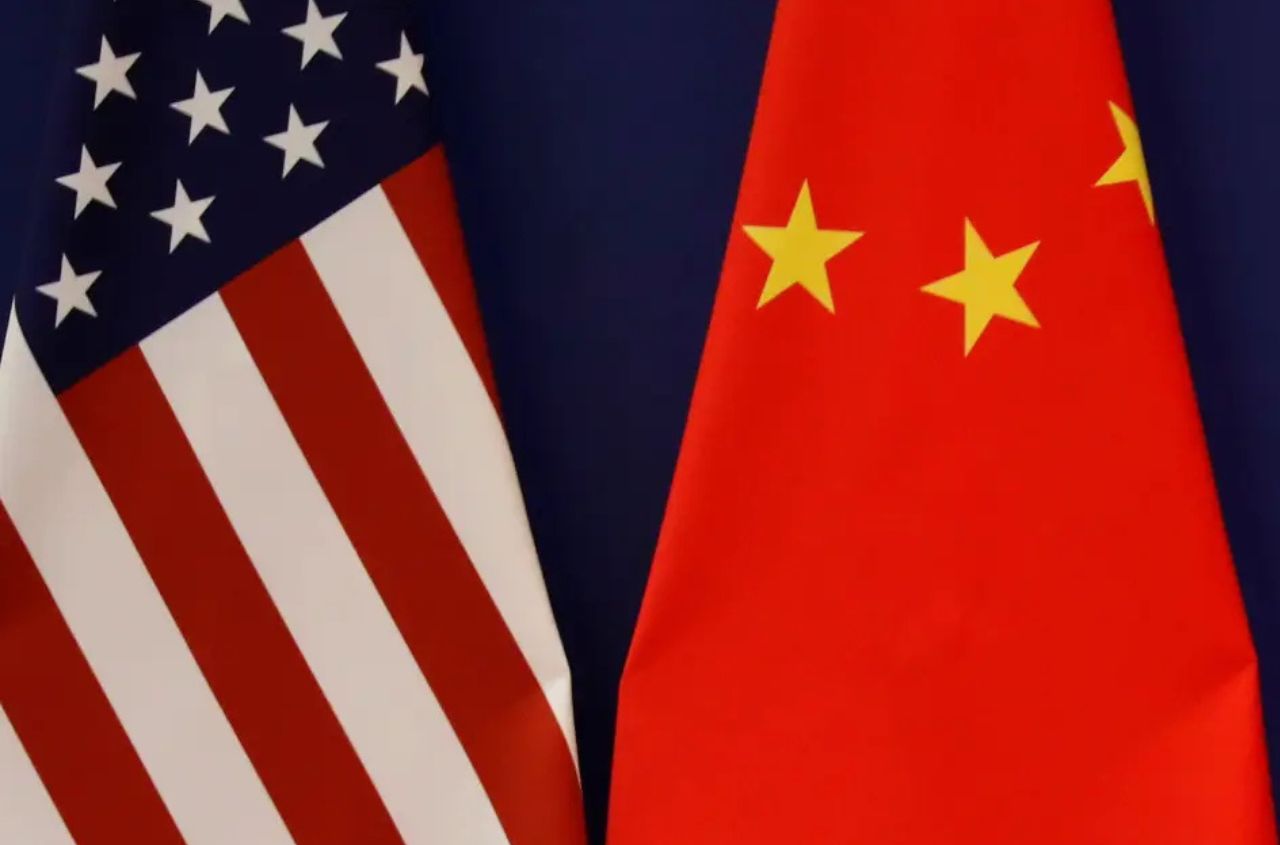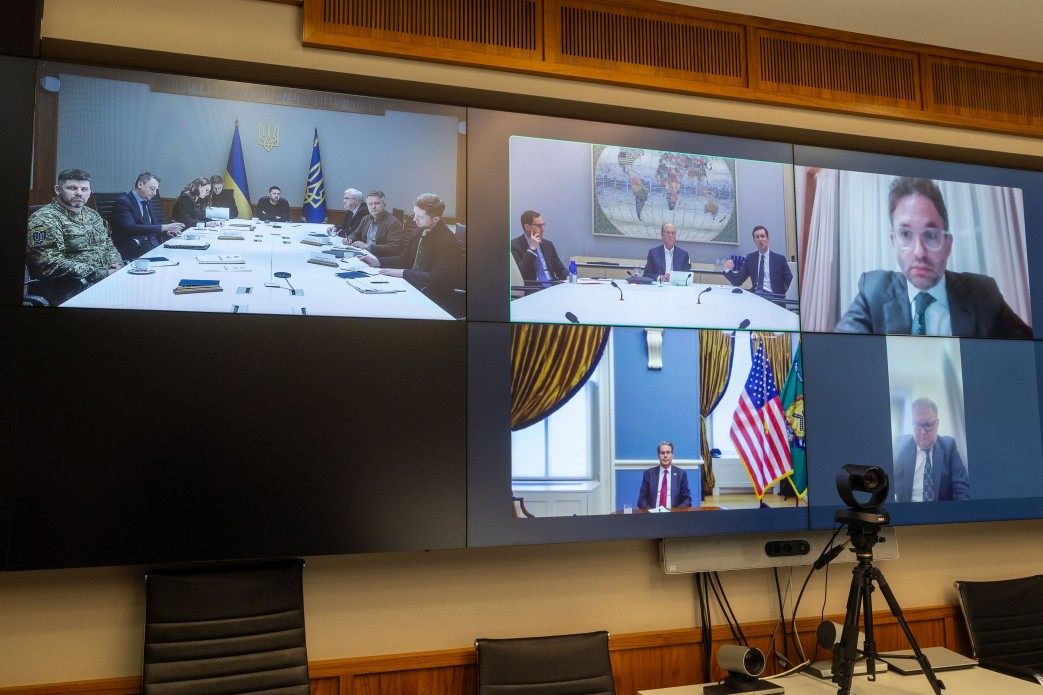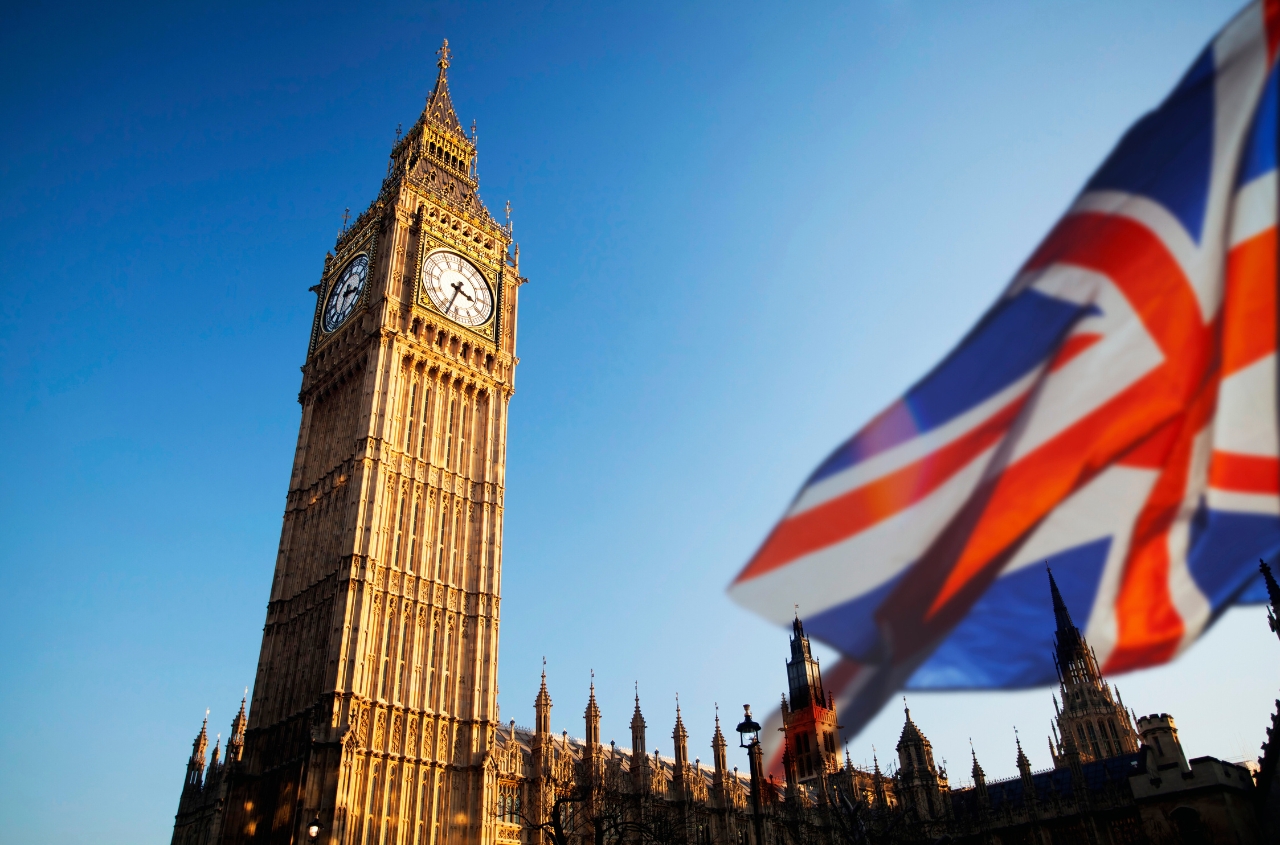The geopolitical bets of the United States have been placed. This is already a final decision.
The first bet, in the form of Taiwan, was made several weeks ago.
Today, the second and final bet has been made: US President Donald Trump announced that the United States officially grants Saudi Arabia the status of “Major Non-NATO Ally.”
As part of this status, the two countries signed a strategic defense agreement.
In essence, the US has begun creating security sub-blocks, which I have written about repeatedly.
The first security sub-block is forming in the Indo-Pacific operational zone, involving Australia, Taiwan, Japan, and the Philippines.
The second is in the Middle East—a Middle Eastern “NATO analogue” that includes Saudi Arabia and Pakistan (where the struggle between pro-American and pro-Chinese influence will again unfold).
On November 18, Donald Trump met with Saudi Crown Prince Mohammed bin Salman and declared that Saudi Arabia is now a major US ally outside NATO. At the same time, Saudi Arabia pledged to invest one trillion dollars in the US economy. In return, the US will allow the export of advanced microprocessors to Saudi Arabia.
During this meeting, the following words came to mind:
“Life dictates its laws, its cruel laws. I will not tell you the purpose of our meeting—it is already known to you. The purpose is sacred.”
Within the framework of the “three-body aporia,” President Trump placed his bets to reduce the aporia, an unsolvable logical construct, to a solvable “two-body problem.”
The choice is predictable:
- Indo-Pacific region, Taiwan, the Philippines, and Japan in the context of confrontation with China.
- Middle East, South Caucasus, and Central Asia, again within the framework of a new paradigm of confrontation with China.
Reminder: on October 22, the US Senate Committee on Foreign Relations approved a series of bills aimed, one way or another, at supporting Taiwan. One of them is called the Porcupine Act.
The purpose of the Porcupine Act is to include Taiwan in the US “NATO+” partner list. Certain advanced US weapons can only be supplied to NATO bloc partners. Inclusion in the NATO+ list allows bypassing this restriction for countries that do not intend to join the North Atlantic alliance.
These countries include Japan, Australia, South Korea, Israel, and New Zealand. Now Taiwan will be added to this list.
A number of other US laws have also been developed to support Taiwan.
For example, the bill “On Deterring PRC Aggression Against Taiwan” provides, among other things, for the creation of a targeted group on anti-Chinese sanctions.
Another bill, “On US-Taiwan Partnership,” stipulates that the US will support countries that decide to establish relations with Taiwan (mainly countries in Latin America). Most likely, in exchange for “recognition” of Taiwan (possibly partial), the US will provide such countries with loans and trade preferences.
Finally, the bill “On International Solidarity with Taiwan” regulates US support for Taiwan in the UN and the Security Council. For example, if China submits a statement to the UN Security Council on the inadmissibility of “recognizing” Taiwan, the US will veto such a document.
Most likely, in the near future, the US will begin to dismantle the “One China” concept, under which Taiwan is the “Republic of China” of the Kuomintang and Chiang Kai-shek—“another China” with equal claim to Chinese heritage as the Communist PRC.
Instead, the concept of Taiwan’s special identity will be activated, framing Taiwan as “not China” but as a separate socio-cultural community distinct from mainland China.
It is along this “fracture” that the future conflict between the PRC and Taiwan will be moderated. Formally, this is the perspective. The real, deeper layer is the US-China confrontation. The “special Taiwanese nation” concept will be used by the US to pressure Chinese political elites.
Around this split, the logic of military confrontation, sanctions, trade, and diplomatic wars will be built.
What exactly is the status of Major Non-NATO Ally (MNNA) of the United States?
The MNNA format does not imply a system of collective security among its nominal participants (in this case, it is a kind of cross-link through the US, since mutual obligations between the US ally countries simply do not exist).
Essentially, MNNA is a mechanism for the presence of US armed forces in a given region and for supporting countries that, for certain reasons, will never become NATO members (for example, Israel).
In return, the US lifts restrictions imposed on such countries by the Arms Export Control Act, meaning that such an ally can purchase modern weapons and military equipment from the United States.
The history of the MNNA format begins in 1987.
The first countries (under President Ronald Reagan) to receive this status were Israel, Australia, Egypt, Japan, and South Korea.
The list of these countries is logical:
- Australia – the largest country outside the transatlantic framework, yet a participant in the British Commonwealth.
- Israel – a key US ally in the Middle East.
- Egypt – extremely important as the main element in the US strategy of the “divided hostile ring” and as a key Arab country controlling North Africa.
- Japan and South Korea – key US allies in the Pacific region; the status institutionalized military cooperation established after World War II.
The next expansion of the format occurred under President Bill Clinton: Jordan, New Zealand, and Argentina.
- Jordan – for reasons similar to Egypt.
- New Zealand – the last piece of the “Five Commonwealth” puzzle for coordination within the British Commonwealth.
- Argentina – key to South America and Antarctica.
Under President George W. Bush (Junior), MNNA status was granted in 2002–2004 to Bahrain, the Philippines, Thailand, Kuwait, Morocco, and Pakistan.
It is not difficult to guess that all these numerous “alliances” were linked exclusively to the war the US waged against international terrorism after the September 11, 2001 attacks.
The same pattern continued during Barack Obama’s presidency: Afghanistan and Tunisia (2015).
The seventeenth MNNA status was granted to Brazil during Trump’s first term (formally in light of the situation in Venezuela). In reality, it was due to Trump’s personal affinity for Brazilian President Bolsonaro (who has since left the political stage).
And if we are honest, it was primarily for commercial reasons: Brazil promised to become one of the largest buyers of US weapons.
The hidden 18 member is Taiwan, with which the US has close military cooperation but which is only partially recognized internationally.
For the US, MNNA provides:
- The ability to place military bases worldwide at key geostrategic nodes.
- A commercial mechanism for selling military products.
- A means of countering “enemies of America.”
- A mechanism to divide the Arab world into allies and opponents.
- A tool to protect Israel in the Middle East.
- A format to control America’s “backyard” – Latin America.
It also serves to stitch together Commonwealth allies under the framework of Atlantic-Pacific cooperation.
One important observation: some of the MNNA countries are opponents of China.
Essentially, the US is beginning to create a “coalition of security sub-blocks” worldwide with a single goal: confronting China, since NATO can no longer fulfill this function by itself.




















